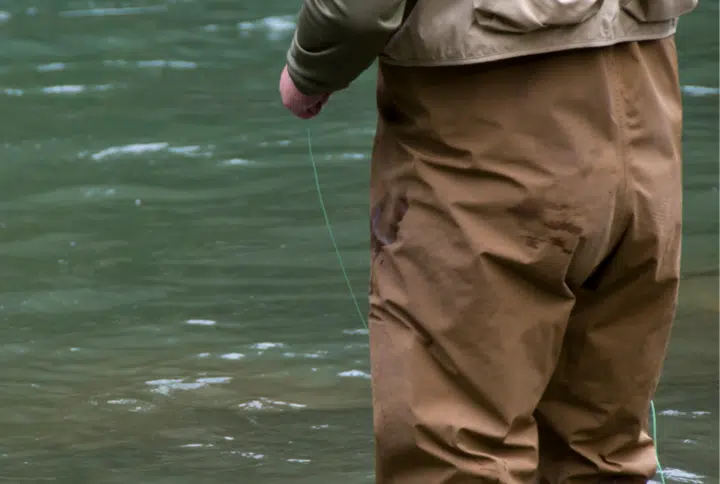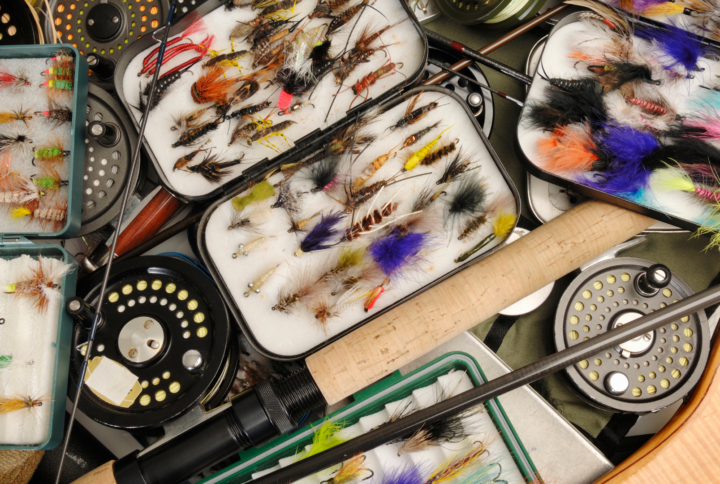East Fork White Water River - Brookville - Indiana
Fly Fishing River Report & Conditions
East Fork White Water River – Brookville - Water Flow Chart
East Fork White Water River – Brookville - Weather report & radar
East Fork White Water River – Brookville - General hatch chart
| Month | Hatch | Time of Day | Recommended Fly Sizes | Popular Fly Patterns |
|---|---|---|---|---|
| January | Midges | Warmest part of day | #20-26 | Griffith’s Gnat, Zebra Midge |
| Winter Stoneflies | Midday | #16-20 | Black Stonefly Nymph, Adult patterns | |
| February | Midges | Warmest part of day | #20-26 | Griffith’s Gnat, Zebra Midge |
| Winter Stoneflies | Midday | #16-20 | Black Stonefly Nymph, Adult patterns | |
| March | Blue-Winged Olives | Afternoon | #18-22 | BWO Emerger, BWO Dry |
| Little Black Caddis | Late afternoon | #18-20 | Elk Hair Caddis, Pupa patterns | |
| April | Blue-Winged Olives | Afternoon | #16-20 | BWO Emerger, BWO Dry |
| Hendricksons | Late afternoon | #12-14 | Hendrickson Dry, Emerger | |
| Grannom Caddis | Afternoon | #14-16 | Grannom Pupa, Elk Hair Caddis | |
| May | March Browns | Late afternoon | #10-12 | March Brown Dry, Emerger |
| Sulphurs | Evening | #14-18 | Sulphur Dun, Emerger | |
| Gray Fox | Afternoon | #12-14 | Gray Fox Dry | |
| Tan Caddis | Afternoon to evening | #14-18 | Elk Hair Caddis, Pupa patterns | |
| June | Sulphurs | Evening | #14-18 | Sulphur Dun, Emerger |
| Light Cahills | Late afternoon | #12-14 | Light Cahill Dry, Emerger | |
| Golden Stones | Afternoon | #8-12 | Golden Stonefly Nymph, Adult patterns | |
| July | Terrestrials | All day | #10-16 | Ants, Beetles, Hoppers |
| Tricos | Morning | #20-24 | Trico Spinner, Dun | |
| August | Terrestrials | All day | #10-16 | Ants, Beetles, Hoppers |
| Tricos | Morning | #20-24 | Trico Spinner, Dun | |
| September | Terrestrials | All day | #10-16 | Ants, Beetles, Hoppers |
| Blue-Winged Olives | Afternoon | #18-22 | BWO Emerger, BWO Dry | |
| October | Blue-Winged Olives | Afternoon | #18-22 | BWO Emerger, BWO Dry |
| Terrestrials | All day | #10-16 | Ants, Beetles, Hoppers | |
| November | Blue-Winged Olives | Cloudy days, afternoon | #18-22 | BWO Emerger, BWO Dry |
| December | Midges | Warmest part of day | #20-26 | Griffith’s Gnat, Zebra Midge |
| Winter Stoneflies | Midday | #16-20 | Black Stonefly Nymph, Adult patterns |
East Fork White Water River – Brookville Access Points
The East Fork White Water River in Brookville offers numerous accessible points for fly fishing. Renowned for its diversified fish variety, abundant waters, and scenic beauty, it offers quite a few ideal spots:
- Brookville Reservoir Tailwater: It’s the most publicized access point, featuring brown trout, rainbow trout, and more. Various parking spots are available, but it can become crowded on weekends.
- Whitewater Canal State Historic Site: A less crowded area, which offers easy bank access and waist-deep water, quite suitable for wading fly fishers.
- Feeder Dam at Metamora: It has a rocky bottom, so it’s ideal for wading. However, it’s primarily for experienced fly fishers due to swiftly moving water.
- Roberts Park and Yellow Bank: These points offer plenty of bank space for casting and support all skill levels
Regardless of the spot, fishing etiquette and regulations should always be followed for a pleasant and sustainable fishing experience.
East Fork White Water River – Brookville Fishing Spots
The East Fork White Water River in Brookville boasts a variety of spots that any fly-fisherman would relish. Here are a few worth exploring:
- Liberty Park: This spot is not far from the town center. Here, you can find both smallmouth bass and bluegill. Don’t miss out on the exciting rapid areas that often house trout.
- Whitcomb River Fishing Area: Known for its diverse wildlife, Whitcomb River Fishing Area is a tranquil oasis perfect for fly fishing. It’s rich in rainbow trout and brown trout.
- Brookville Lake Tailwater: This popular fishing area offers ample space and plenty of trout, making it a prime spot for fly fishing.
- Mounds State Recreation Area: Not only does this spot promise beautiful scenery, but also a mix of smallmouth bass, sunfish and trout.
Whether you are a novice or an experienced fly fisherman, these spots along the East Fork White Water River are sure to offer a memorable angling experience.
East Fork White Water River – Brookville Local Fish Species
- Brown Trout: Brown trout are the most popular target for fly fishing in the East Fork White Water River. They are abundant and provide a good challenge for anglers due to their wariness.
- Rainbow Trout: Rainbow trout are also a common species in the river. They are known for their strong fight and acrobatic leaps when hooked.
- Brook Trout: The Brook Trout is a native species of the river and is heavily stocked in the river. It is typically smaller than the brown and rainbow trout, but it can be more colorful.
- Smallmouth Bass: Smallmouth bass can be found in various parts of the river, particularly in sections with rocky bottoms. They provide a thrilling fight on lightweight fly gear.
- Largemouth Bass: Largemouth bass are not as common as smallmouths, but they may be targeted in areas with still water and plenty of underwater structure.
- Bluegill: Bluegills are readily caught on small flies. They are a great species for beginners to target, providing plenty of action and a surprisingly strong fight for their size.
- Crappie: Crappies are a springtime favorite. They can be found in schools and are quite aggressive, hitting a variety of small flies.
- Catfish: Fly fishing for catfish can be a fun challenge. Catfish in the river can grow to large sizes, providing a real test for anglers’ skill and gear.
About the East Fork White Water River – Brookville
Enveloped in nature’s bosom, the East Fork White Water River, located in Brookville, unveils a unique blend of history and unmatched natural beauty. Brookville is an inviting sanctuary. Situated in Eastern Indiana, its journey’s tale winds in harmony with its current.
The river was traditionally used by Native American tribes for transportation and fishing, cementing its status as a vital water artery in the region’s early history.
- By 1800s, the river turned into a significant route for flatboats carrying products to downstream markets.
- Its powerful waters set in motion several gristmills, signaling the dawn of industrial civilization.
- The creation of the Brookville Lake Dam in 1974 now controls its flow, aiding in flood management and generating hydroelectric power.
Today, delightful canoeing trips and excellent fishing opportunities echo the river’s past uses while illustrating the landscape’s timeless charm.
Community Contributions
Be part of the fishing community!
No updates submitted for this river.



